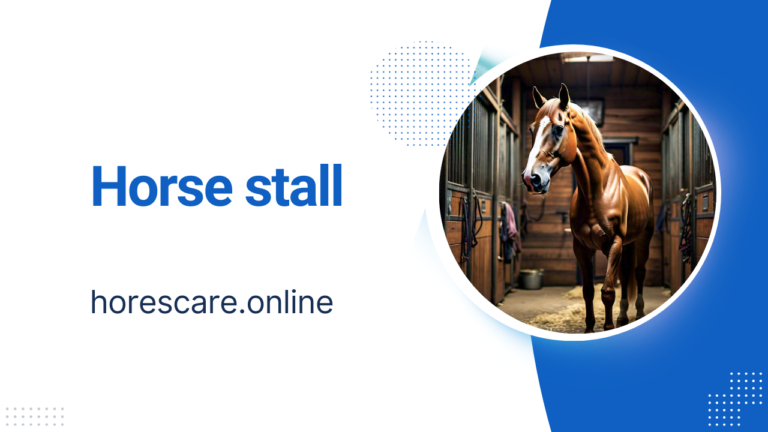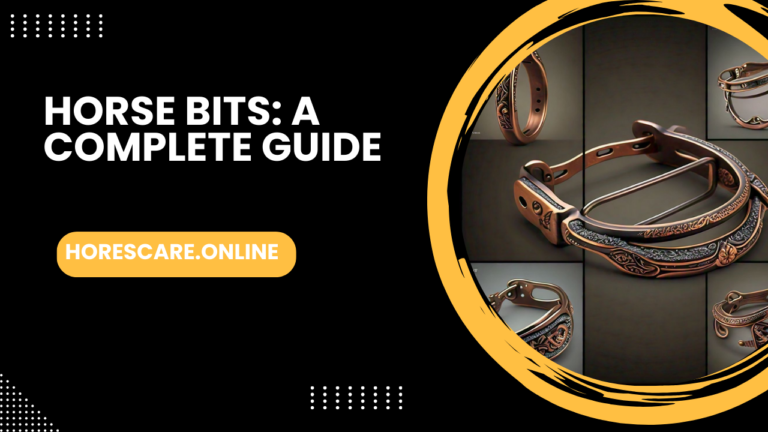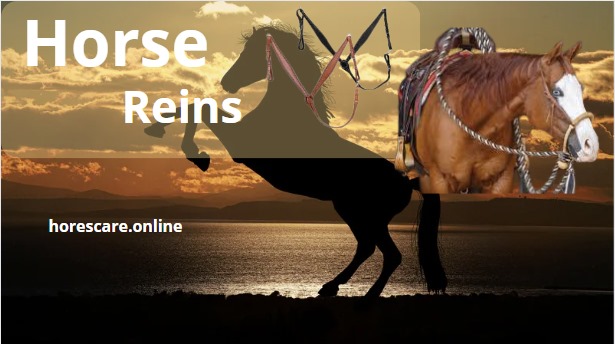Horse riding helmets: A Complete guide
When I first began my journey with Horse riding helmets, I didn’t realize the critical role a horse riding helmet plays in ensuring rider safety. However, after experiencing a close call, it became clear that helmets are not just accessories—they’re lifesaving gear.
Whether you’re a beginner or an experienced rider, understanding the importance of a quality helmet is essential. In this guide, I’ll share key insights into choosing the perfect horse riding helmet and how to take care of it to extend its life.
Why You Should Always Wear a Horse Riding Helmet
Wearing a horse riding helmet isn’t just a recommendation; it’s a necessity. These helmets are specifically designed to protect riders from head injuries during falls or accidents.
The structure of the helmet absorbs shocks, reducing the risk of traumatic brain injuries. Regardless of your riding skill level, always wearing a helmet ensures your safety, no matter the terrain or riding activity.

Essential Features of a Reliable Horse Riding Helmet
Safety Standards and Certifications
The first thing to check when purchasing a helmet is its safety certification. Look for helmets that are certified by the ASTM (American Society for Testing and Materials) or SEI (Safety Equipment Institute).
These certifications ensure that the helmet has undergone rigorous testing and meets the highest safety standards for equestrian activities.
Fit and Comfort
Finding a comfortable helmet is as important as choosing one that meets safety standards. The helmet should fit snugly, without being too tight or too loose.
Adjustable helmets with dials or straps allow you to find the perfect fit. A well-fitted helmet stays in place, providing consistent protection.
Ventilation and Weight
Ventilation is key, especially for long rides or in warmer weather. A good helmet should have well-designed vents to allow airflow, keeping your head cool.
Lightweight helmets are another priority, as they minimize strain on your neck and head during extended riding sessions.
How to Select the Right Helmet for You
Measuring Your Head Correctly
Before purchasing a helmet, you’ll need to measure your head. Using a flexible measuring tape, measure the circumference of your head just above your eyebrows.
Compare your measurement with the helmet’s size chart to find your perfect fit.
Exploring Helmet Styles
Horse riding helmets come in various styles, depending on the type of riding you do. Here are a few common styles:
- Schooling Helmets:
These are lightweight and designed for everyday riding. - Show Helmets:
Sleek and elegant, these are ideal for competitive events. - Western Helmets:
These combine traditional Western style with the safety of a modern helmet.
For daily rides, I tend to use schooling helmets because they’re breathable and comfortable. However, for more formal occasions, a stylish show helmet can make all the difference in appearance and performance.
Maintaining Your Horse Riding Helmet
Proper Cleaning and Storage
To ensure Horse riding helmets lasts as long as possible, you need to take good care of it. After each ride, clean your helmet with a soft cloth and mild soap.
Avoid harsh chemicals that can damage the helmet’s material. When not in use, store the helmet in a cool, dry place to prevent damage or wear.
Knowing When to Replace Your Helmet
Helmets are not designed to last forever, especially if they’ve been involved in a fall. If you’ve had an accident, replace your helmet immediately, even if it shows no visible signs of damage. Helmets are designed to absorb shock only once, and any damage compromises their safety. Additionally, it’s recommended to replace your helmet every five years, even if it hasn’t been involved in an accident, as materials degrade over time.
I once replaced my helmet after a minor fall, even though it appeared undamaged.
Knowing I had a new, fully functional helmet gave me peace of mind every time I rode afterward.
Where to Buy Horse Riding Helmets
There are several trustworthy places where you can buy certified riding helmets.
Two reputable brands that I personally trust are Troxel Helmets and Charles Owen Helmets, both known for their commitment to safety and comfort.
External Links to Official Resources
To stay updated on helmet safety, it’s important to follow official guidelines. For more information on certified helmets, visit ASTM Safety Standards and SEI Certifications.
By wearing the right horse riding helmet, you’re taking an important step in protecting yourself while enjoying your rides.
Always prioritize safety features, comfort, and regular maintenance to ensure your helmet provides the best possible protection.
Outbound Anchor Suggestions:
- Helmet Safety Standards:
I would suggest linking out to official safety standards for helmets.
Link: ASTM Safety Standards - Helmet Care Guide:
For users looking for more detailed information on how to care for their helmets, a guide to helmet care would be useful.
Link: Riding Warehouse Helmet Care Guide - Equestrian Sports Rules and Regulations:
For a broader understanding of the importance of helmets in different riding sports, linking to equestrian rulebooks is valuable.
Link: FEI Rules for Equestrian Events





